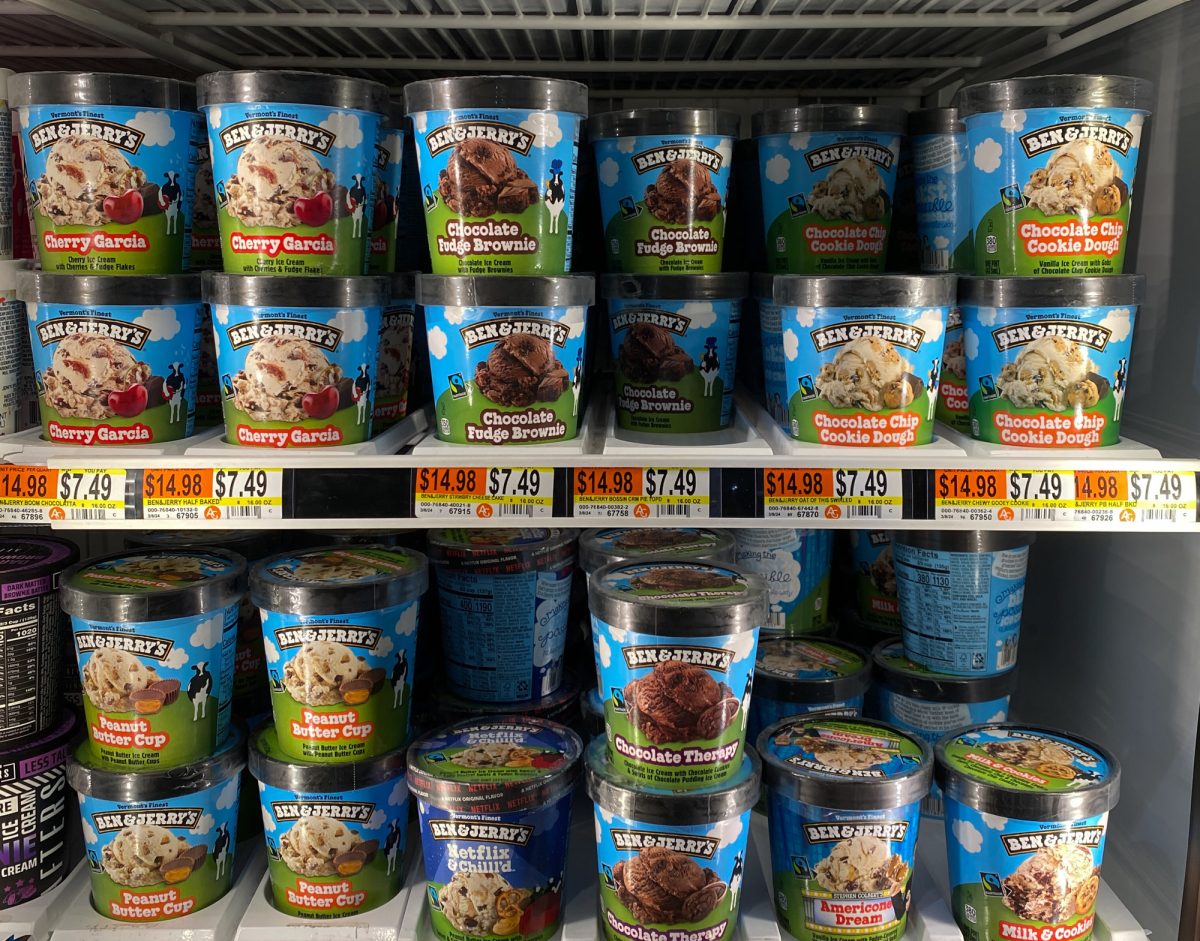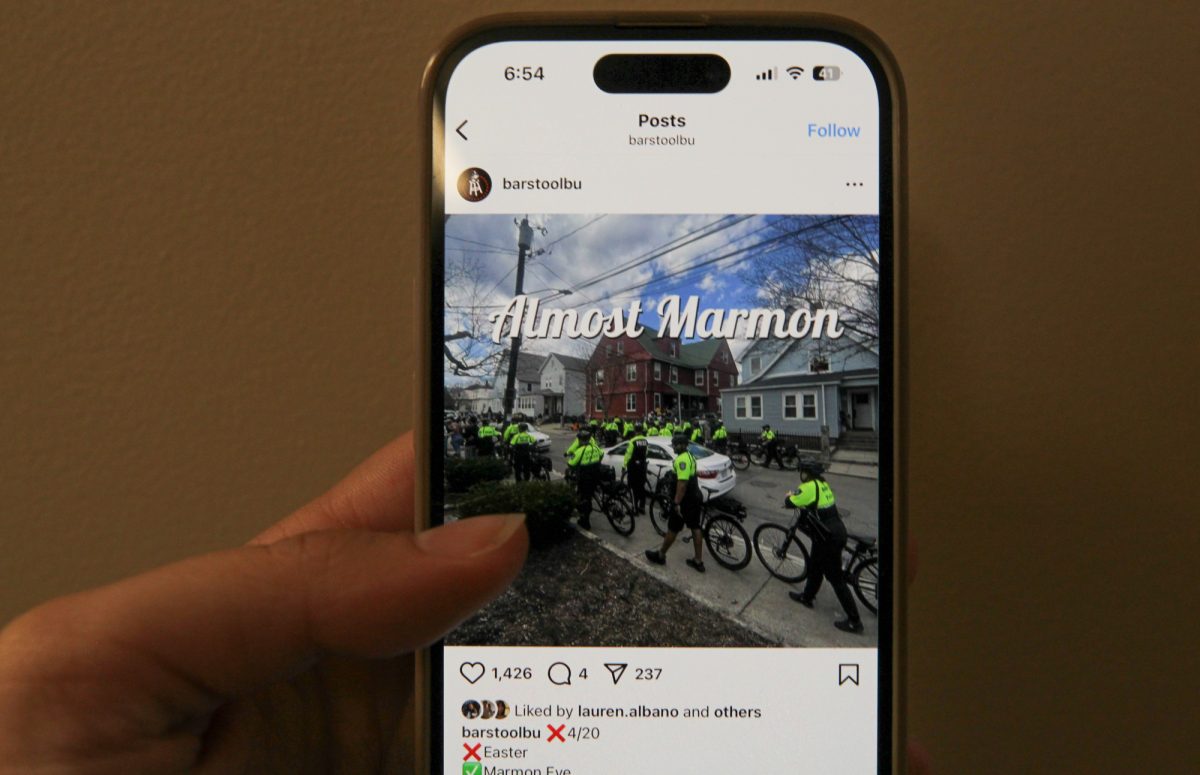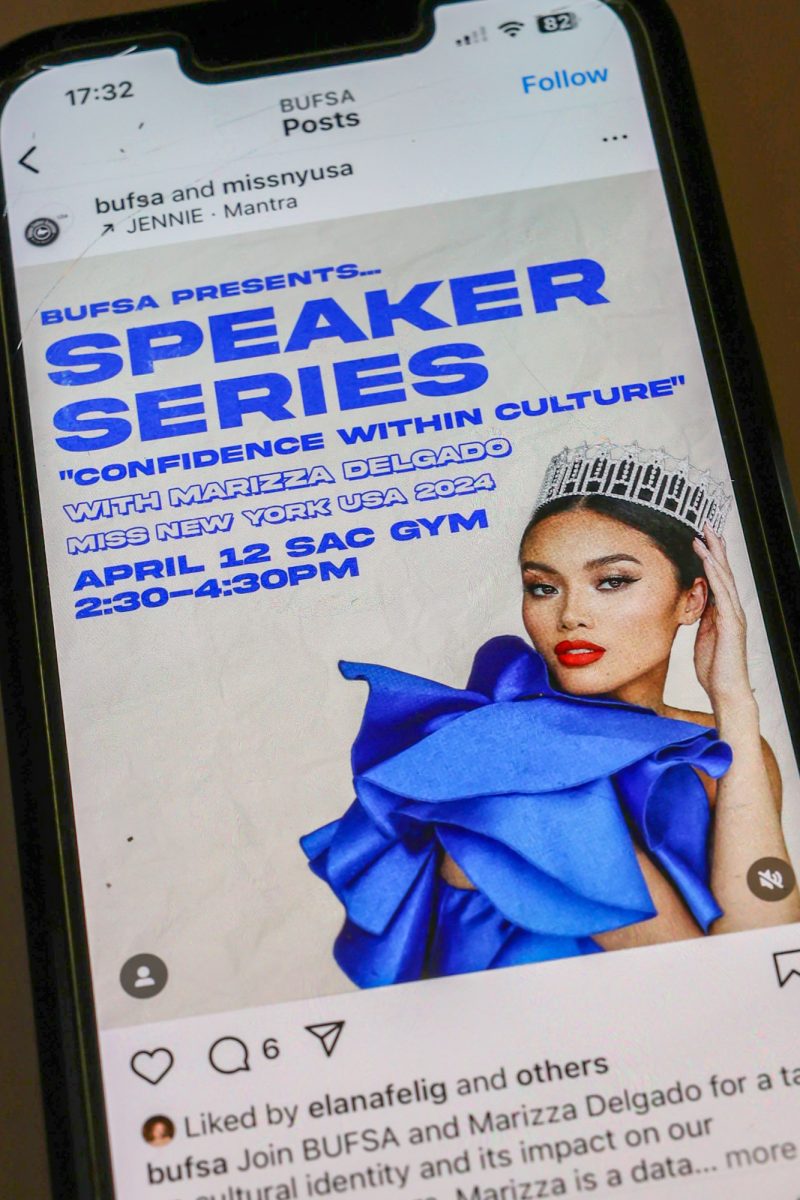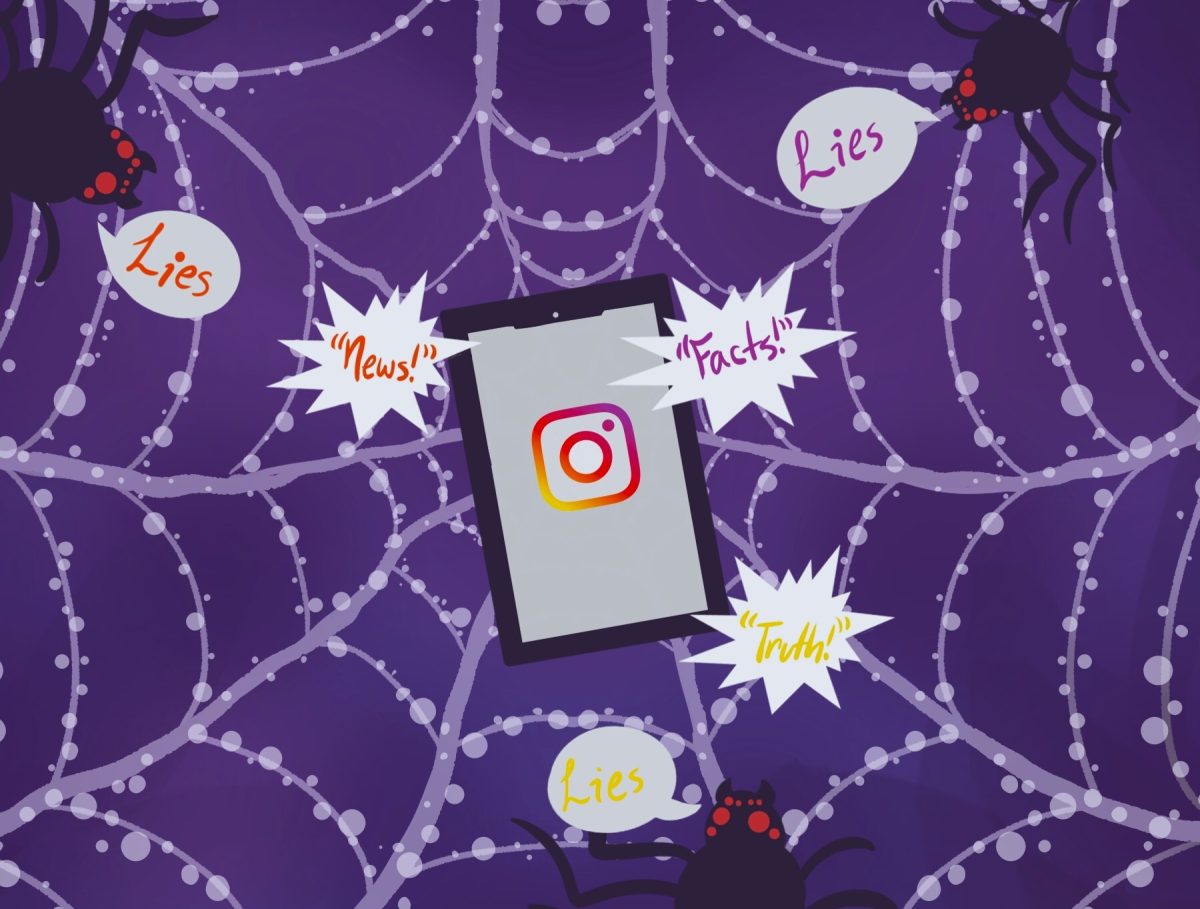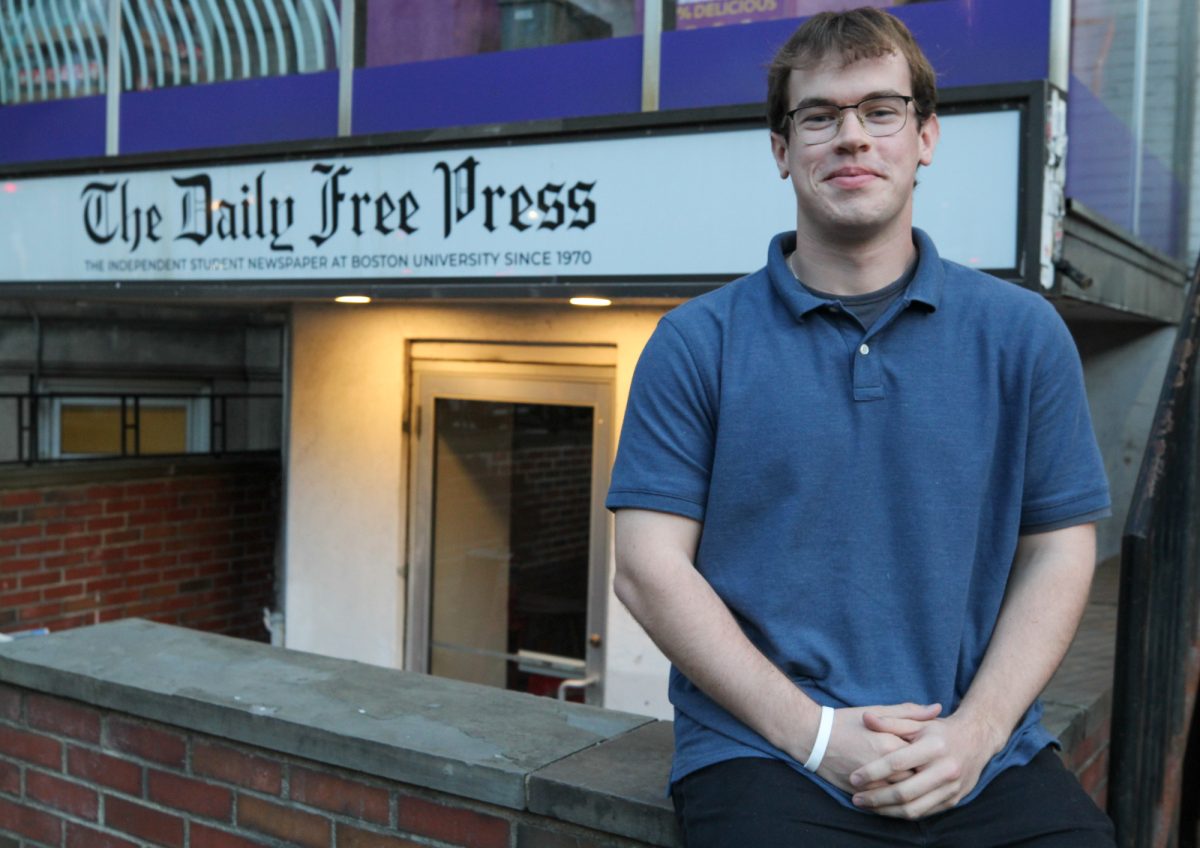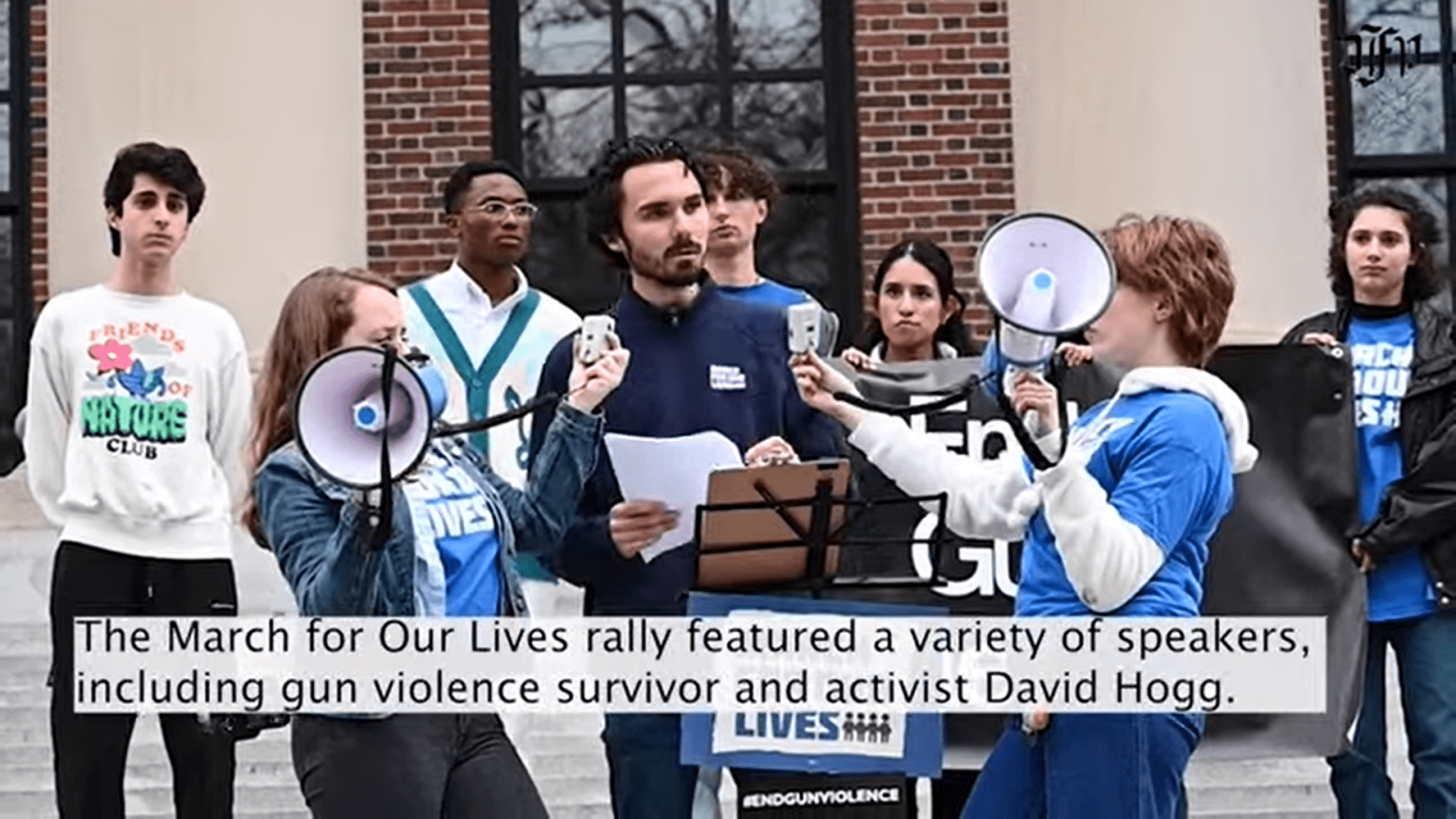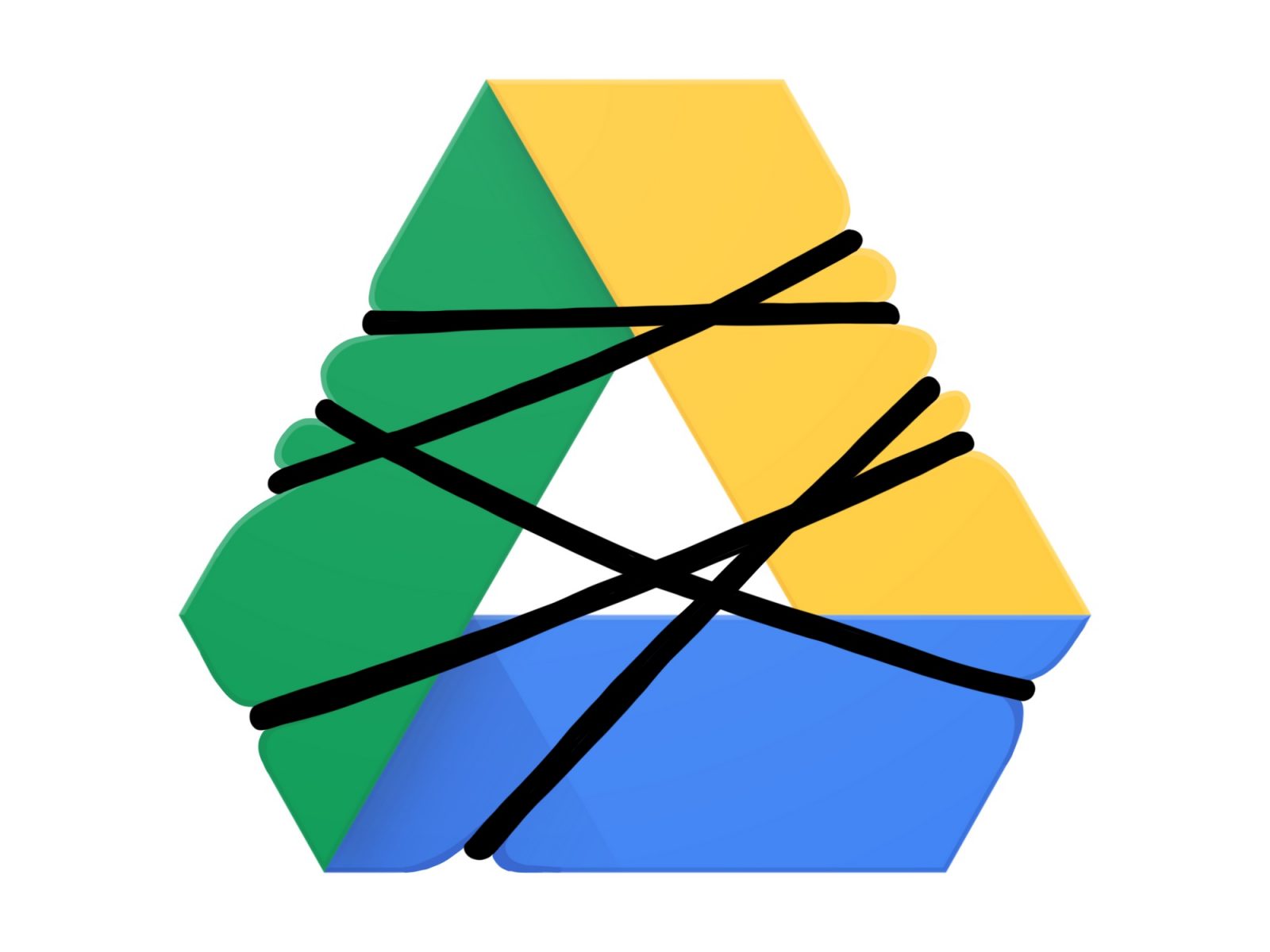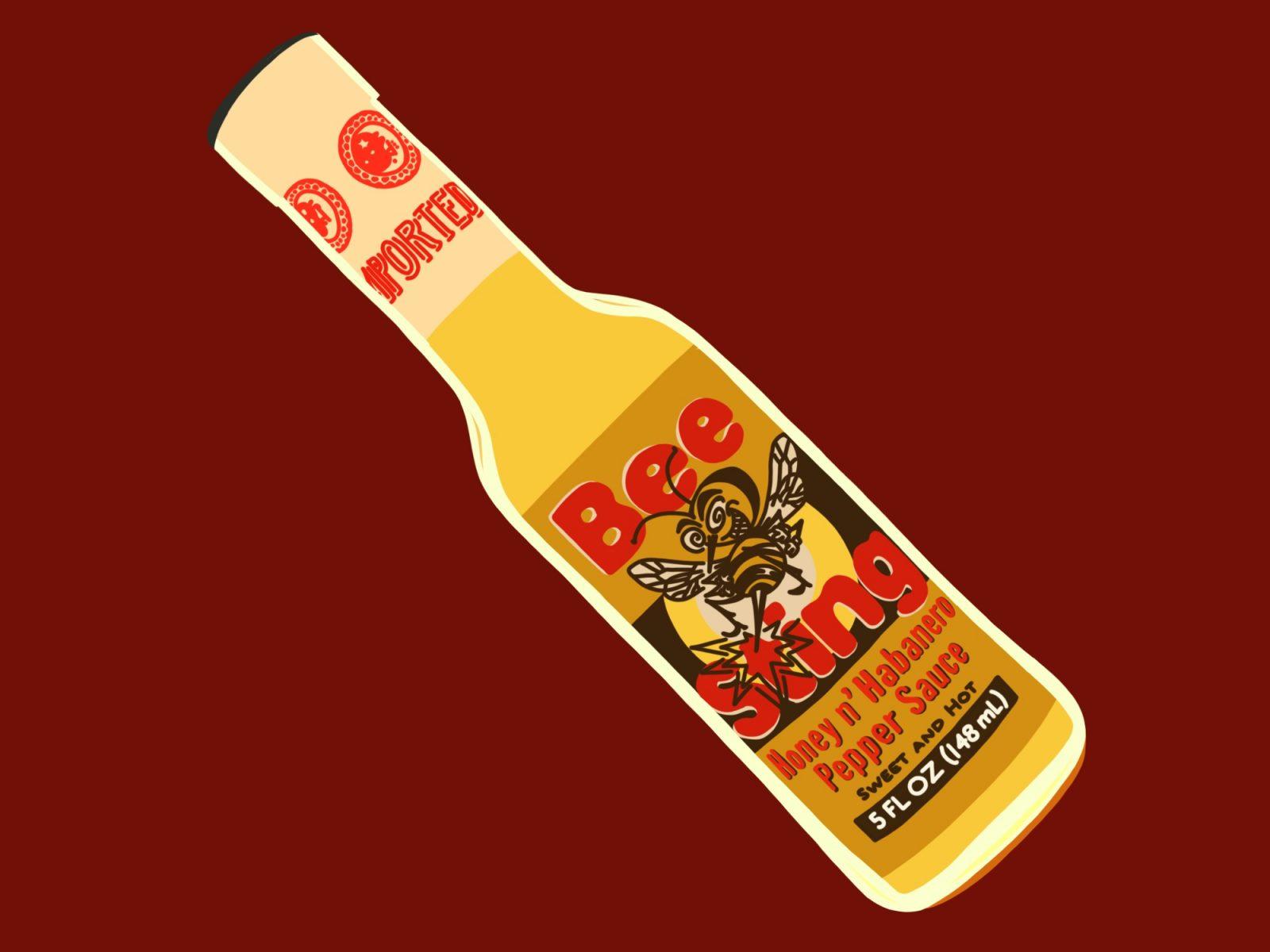For an 8 a.m. class, some students wake up before the sun rises so they have enough time to prepare themselves for the coming day, wearing some of the best make up and giving themselves a fresh scent with Armani fragrances while others wake up just five minutes before, leaving themselves (if they’re quick) just enough time to wipe off yesterday’s grime with soap and shampoo.
But early risers and snooze-button-hitters alike begin most mornings the same: by waking up, stumbling out of bed and hitting the shower.
With breath still stale, they will brush their teeth, dab or slather on aftershave, cologne, deodorant and perfume. For some, blush and mascara follow; for others, mousse or hairspray.
It all piles up: by the end of the day, the average American man will have used six kinds of cosmetics — technically, personal products not considered drugs — on his body, according to the Environmental Working Group, a Washington nonprofit organization. The average American woman will have used twice as many.
But what’s in the bottles and compacts?
We buy cosmetic products in hopes they will give us clearer skin and better-behaved hair, but the EWG says some have the potential to give us more than that: Ingredients in some cosmetic products have been shown to cause birth defects, developmental delays, allergies and cancer.
Such products in the United States do not require testing or even registration with the government before they can be sold, an exception some say is cause for concern.
IN THE EYE OF THE RESEARCHER
Enter Skin Deep, the online database of cosmetic products and their ingredients, created with just those fears in mind.
In the database, the EWG lists ingredients manufacturers report on labels alongside existing toxicology information for those ingredients, and rates the relative “danger” of each in hopes users will get curious and search for their favorite products.
What’s “most dangerous” according to the database? Some of the products that get bad marks are L’Oreal 2-in-1 Kids Shampoo — “the extra-gentle, burst of fruity apricot kind” — and many “natural blonde” hair dyes.
The EWG provides the database to educate consumers as well as raise awareness about the lax regulation of cosmetics, said spokeswoman Jovana Ruzicic.
“Are we saying all of these companies are bad? No,” she said, “but we do think these chemicals should be proven safe before they get [to market].”
A SMUDGED LINE
Though the FDA has the power to test, regulate and withhold drugs from the market if necessary, cosmetics receive less scrutiny from the government agency because they are not classified as “drugs.”
If it claims to treat or cure an illness, it is technically a drug and subject to FDA screening. But products meant for “cleansing, beautifying, promoting attractiveness or altering appearance” are considered cosmetic and examined instead by the non-governmental Cosmetic Ingredient Review.
“The system that Congress set up puts the burden on cosmetic manufacturers,” said CIR director Alan Andersen. “It’s entirely a voluntary process.”
When the CIR does evaluate certain products and ingredients — often based on FDA reports of customers who had adverse reactions to the products — its recommendations are not binding by law.
But Andersen said they usually listen, for example, in the case of formaldehyde, which the CIR warned the FDA is unsafe in certain quantities.
“Frankly, our expectation is that the industry heeds our expectations,” he said.
It is common sense for companies to heed CIR warnings naming dangerous chemicals, he said, which are often parallel to chemicals already banned in the EU and Japan.
Under this system, many untested chemicals reach millions of US consumers before the FDA learns of any possible health risks.
When the CIR finds hazardous ingredients, it isn’t powerless. One such chemical was found in “black henna tattoos,” which uses a primary ingredient found in hair dye that shares nothing in common with the herb used in traditional henna tattoos, and is advertised as being the “blackest, longest-lasting” tattoo on the market. It admits on its website its products is also sold for use as a hair color, and has been making and distributing the tattoos for several years.
Andersen said the CIR discovered the product uses Para-phenylenediamine, which can cause severe allergic reactions all over the body and even leave permanent scars. The FDA notified the company it was violating federal law by using Para-phenylenediamine, and urged the company to correct the violation or face sanctions.
A spokesman for the company refused to comment on the product unless his comments would be unedited.
CONCEALER WON’T COVER THIS GAP
Andersen acknowledged that little published information exists on most of the thousands of compounds cosmetics companies use in their products. In its 31-year history, the CIR has reviewed 1,301 chemicals, he said, — far from all the chemicals used in today’s products.
Of those, researchers found about 32 percent unsafe, or safe but with qualifications.
Andersen said his organization simply lacks the time to review all the chemicals cosmetics makers put in their products, but added that researchers can still test certain molecules on a computer to find humans’ reactions to them without conducting live tests.
Similarly, the Skin Deep Cosmetic Safety Database lists only about a quarter of products available on the market, though the list is growing. Ruzicic said 23,211 products with 6,853 ingredients are listed.
Next to its hazard ratings, Skin Deep lists each product’s “data gap,” a rating of how little scientists know about certain ingredients’ toxicity. Some products have a data gap of more than 90 percent, meaning almost all of the product’s components are still untested.
Many companies use this same data gap in defense of using little-tested ingredients, because not enough is known about them to rule them unsafe.
THE CANCER RISK: ONLY SKIN DEEP?
Though Ruzicic said cancer rates, which have risen overall between 2001 and 2003, can be attributed to the thousands of new chemicals being constantly put into cosmetics, some say such claims are unnecessarily alarmist.
FDA spokeswoman Veronica Castro said the agency has no data available to substantiate the claim.
“We must rely on information from the cosmetic trade associations for information on cosmetic ingredient usage,” Castro said, noting that the eleventh edition of the International Cosmetic Ingredient Dictionary published in 2006 by the Cosmetic, Toiletry, and Fragrance Association includes 1,500 more chemical ingredients than the last edition.
LESS IS MORE
Another of the EWG’s arguments focuses on chemical preservatives and other ingredients like mercury, hydroquinone (a skin lightener), nanoparticles and phthalates, which can damage sperm, cause feminization of baby boys and infertility.
But in a CIR review of the data, researchers reported that cosmetics would need to contain more than 5,000 times the amount of preservatives used in today’s products to pose a real danger, Andersen said.
“I wouldn’t go out and drink the stuff, but [in cosmetics] no one is going to be exposed in levels that could possibly have an effect,” he said.
In fact, the amount of an ingredient is as important as the ingredient itself in determining toxicity, said Boston University biological chemistry professor Richard Laursen.
Laursen cited the international scandal this past June caused by Chinese toothpaste containing diethylene glycol, a poison used in antifreeze, as an overreaction because it would be harmless unless a person ate most of the tube of toothpaste.
“Not everything that is toxic in high levels is toxic in low levels,” Laursen said. “Some of the alarm on these things is overblown because the human body has certain ways of dealing with what we put in there.”
He added that his “own personal advice is: ‘Don’t use chemicals if you don’t have to.'”
THE BIG PICTURE
Though the EWG continues expanding and streamlining its database, Ruzicic said the nonprofit relies on statistics provided by the FDA rather than its own tests. Ruzicic said it is ultimately the government’s responsibility to track and test cosmetics’ safety.
“The scoring is done to the best of our power, but we should definitely have more knowledge,” she said.
THE CONTRACT
The EWG’s bigger quest, which goes beyond simply listing ingredients in hopes of changing consumers’ minds, could, if successful, render the website unnecessary: it is sponsoring a Campaign for Safe Cosmetics compact, which asks companies who sign to pledge to adhere to stricter European Union safety standards and phase out ingredients internationally recognized as the most toxic. “Groups like ours shouldn’t exist,” Ruzicic said.




















